The Cultural Significance of Pottery in Native American Societies
Pottery holds a profound significance in the tapestry of Native American societies, weaving together threads of tradition, spirituality, and identity. Across various tribes and regions, pottery stands as a timeless vessel that encapsulates the essence of indigenous cultures, embodying stories passed down through generations.
Within the intricate patterns and shapes of Native American pottery lie narratives of resilience and reverence for the natural world. Each piece is a testament to the artistic ingenuity and spiritual connection of its creators, offering a glimpse into the soul of a community shaped by centuries of history.
As the clay is molded and fired, pottery becomes more than just a functional object—it transforms into a portal to the past, a bridge between the earthly realm and the realm of spirits. The cultural significance of pottery in Native American societies transcends mere aesthetics; it serves as a living embodiment of ancestral wisdom and tribal heritage.
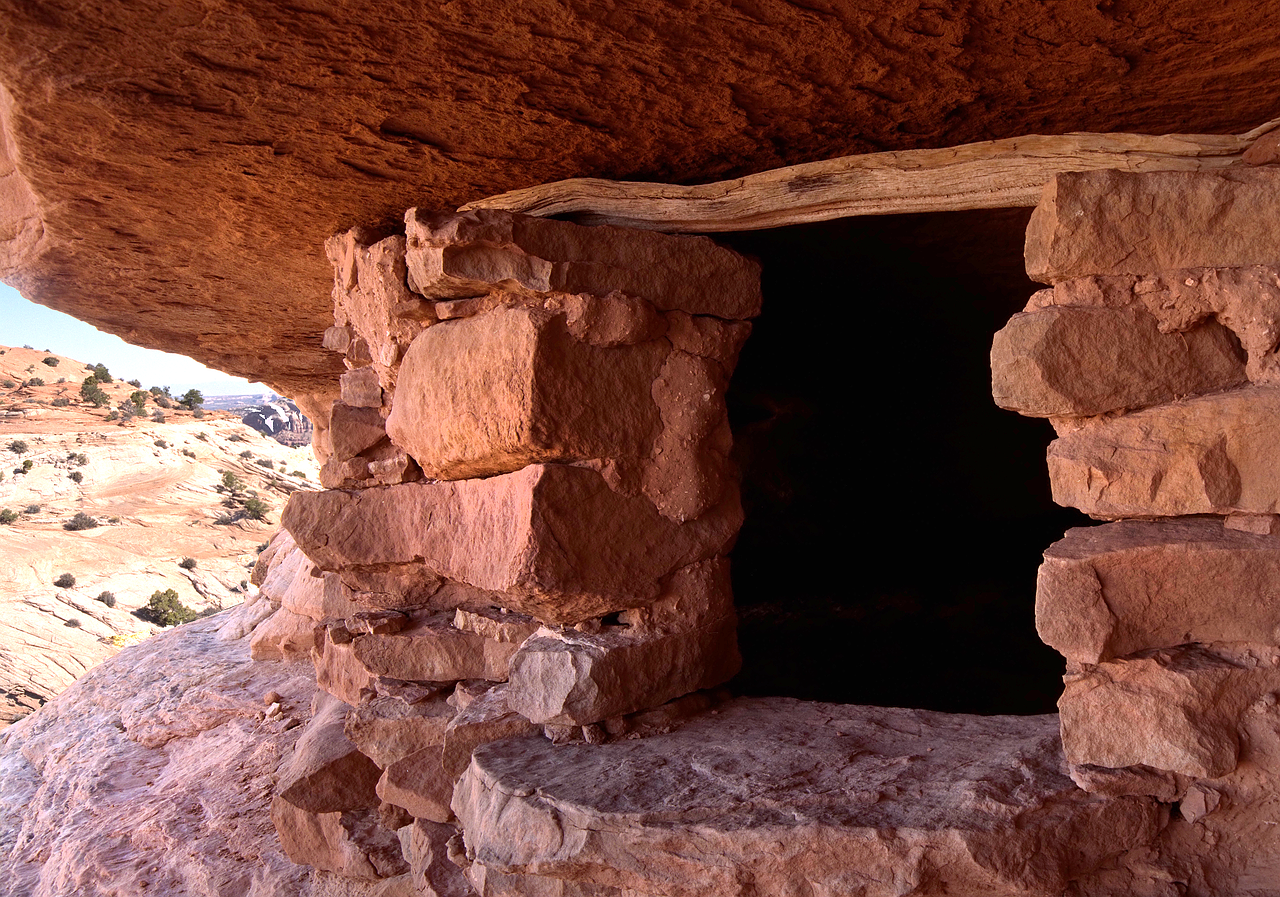
Historical Evolution of Native American Pottery
Pottery plays a vital role in Native American cultures, representing traditions, beliefs, and customs. This article explores the historical and cultural significance of pottery within various Native American societies, highlighting its artistic, spiritual, and practical importance.
Native American pottery has a rich history dating back thousands of years, showcasing the evolution of techniques, styles, and designs across different tribes and regions. The history of Native American pottery is a tapestry woven with skill, creativity, and deep cultural meaning. From the earliest forms crafted for utilitarian purposes to the intricate designs adorned with symbolic motifs, each piece tells a story of innovation and tradition passed down through generations.
Throughout history, Native American pottery has evolved in response to environmental influences, trade networks, and cultural interactions. Different tribes developed unique pottery styles, reflecting their connection to the land, spiritual beliefs, and artistic expressions. The pottery of the Southwest, with its intricate geometric patterns and vibrant colors, contrasts with the more subdued earth tones and organic shapes found in the pottery of the Northeast.
Technological advancements also played a significant role in the evolution of Native American pottery. The introduction of new tools, such as the potter's wheel, and the use of innovative firing techniques expanded the possibilities for creativity and craftsmanship. As tribes traded pottery with neighboring communities, artistic influences merged, leading to the development of distinct regional styles and designs.
Over time, Native American pottery became not only a functional object but also a form of artistic expression and cultural preservation. Each piece reflects the history, beliefs, and values of the people who created it, serving as a tangible link to the past and a testament to the enduring legacy of indigenous craftsmanship.

Symbolism and Meaning in Pottery Designs
Pottery plays a vital role in Native American cultures, representing traditions, beliefs, and customs. This article explores the historical and cultural significance of pottery within various Native American societies, highlighting its artistic, spiritual, and practical importance.
Native American pottery has a rich history dating back thousands of years, showcasing the evolution of techniques, styles, and designs across different tribes and regions.
In Native American culture, pottery designs often carry deep symbolic meanings related to nature, spirituality, and tribal identity, reflecting the interconnectedness of the natural and spiritual worlds. These intricate designs serve as visual representations of stories, legends, and beliefs passed down through generations.
Pottery plays a central role in Native American rituals and ceremonies, serving as vessels for offerings, tools for healing practices, and symbols of cultural continuity and connection to ancestors. The act of creating pottery itself is often considered a sacred process, infused with spiritual significance and respect for the earth.
Native American pottery making involves a variety of techniques, such as coiling, pinching, and painting, each reflecting the unique artistic expressions and cultural heritage of different tribes. These methods have been honed over centuries, blending traditional practices with innovative approaches to create stunning works of art.
Traditional pottery techniques and designs continue to influence contemporary Native American art, providing a link between past and present generations and showcasing the enduring legacy of indigenous artistic traditions. Artists today draw inspiration from ancient pottery forms, incorporating modern elements to create innovative pieces that honor their heritage.
The preservation of traditional pottery-making knowledge and practices faces challenges due to modernization and cultural assimilation, highlighting the importance of cultural preservation efforts and intergenerational transmission of skills. Efforts to safeguard indigenous pottery traditions are crucial in maintaining cultural identity and heritage.
Different regions in North America have distinct pottery styles and traditions, influenced by local materials, environmental factors, and cultural practices. These regional distinctions showcase the diversity and richness of Native American artistic expressions, with each unique style reflecting the history and values of the community it originates from.
Efforts are underway to revitalize pottery making in Native American communities, promoting cultural pride, economic empowerment, and the preservation of indigenous knowledge for future generations. By supporting local artisans and encouraging traditional practices, communities are able to sustain their heritage while adapting to modern challenges.
Stay tuned for the Frequently Asked Questions section!
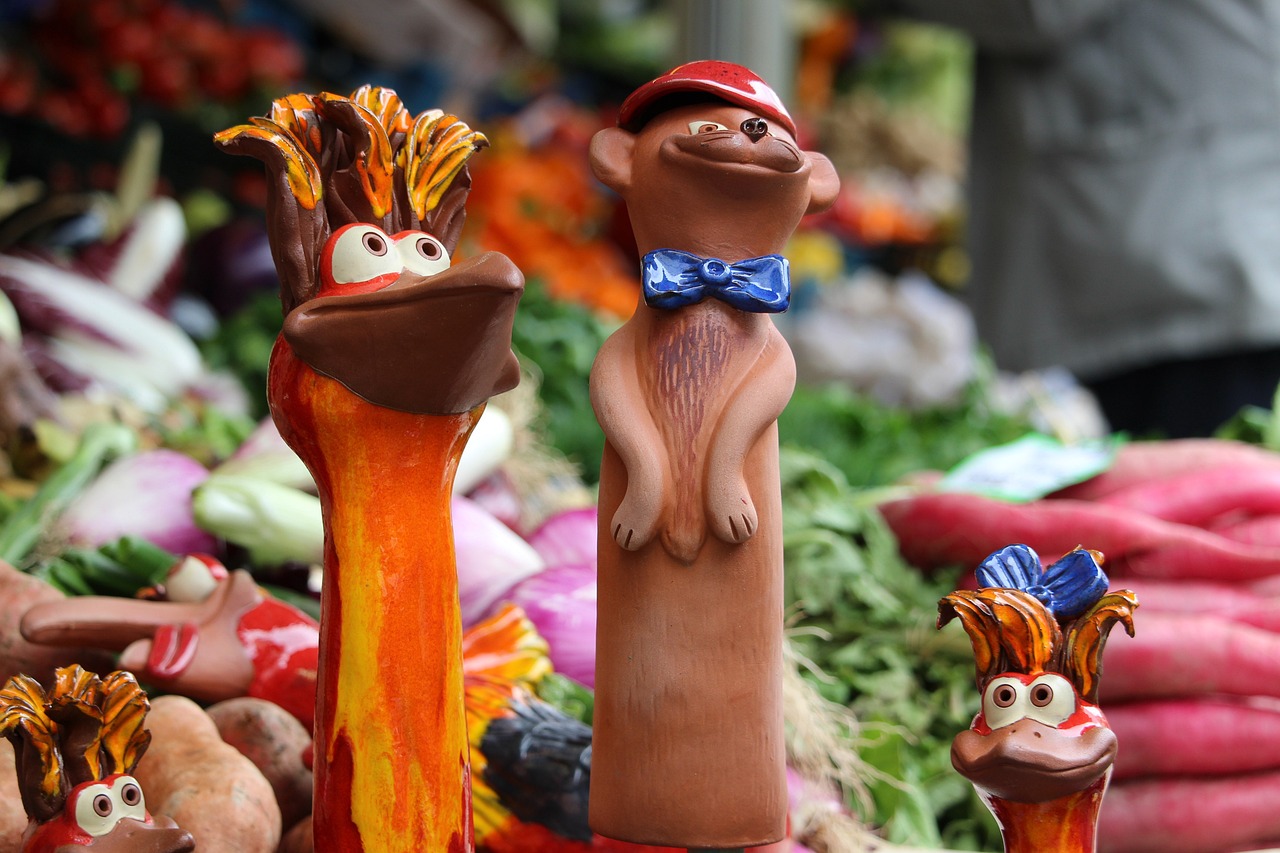
Role of Pottery in Rituals and Ceremonies
Pottery holds a central role in Native American rituals and ceremonies, embodying spiritual significance and cultural heritage. Within these sacred practices, pottery serves as more than just a vessel; it becomes a conduit for connecting with the spiritual realm and honoring ancestors. The craftsmanship and symbolism imbued in each piece of pottery contribute to the sacredness of the rituals, infusing them with meaning and reverence.
In ceremonies, pottery is often used to hold offerings to the spirits, symbolizing the connection between the physical and spiritual worlds. These vessels, intricately designed and crafted, carry the prayers and intentions of the community, acting as a bridge between the earthly realm and the divine. Through the act of creating and using pottery in ceremonies, Native American communities uphold traditions passed down through generations, reinforcing their cultural identity and spiritual beliefs.
Furthermore, pottery plays a crucial role in healing practices within Native American communities. Ceremonial pots are utilized in traditional healing rituals, where the power of the earth and the spirit world converge to bring balance and restoration to the individual. The process of creating pottery itself is seen as a form of healing, as the artist infuses their energy and intentions into the clay, resulting in a vessel that carries not only physical form but also spiritual essence.
The significance of pottery in rituals and ceremonies extends beyond its practical use; it embodies the essence of Native American culture, encapsulating the interconnectedness of the natural world, spiritual beliefs, and communal traditions. Each piece of pottery crafted and utilized in ceremonies represents a tangible link to the past, a vessel of continuity that honors the legacy of ancestors and sustains the spiritual practices of the present.

Techniques and Methods of Native American Pottery Making
Native American pottery making is a complex and intricate art form that has been passed down through generations, showcasing the unique techniques and methods employed by different tribes. One of the primary techniques used in Native American pottery making is coiling, where long strands of clay are rolled and stacked on top of each other to form the desired shape of the vessel. This method allows for flexibility and creativity in design, resulting in beautifully crafted pottery pieces.
Another common technique is pinching, where the potter uses their fingers to shape and mold the clay into the desired form. This hands-on approach gives the potter a direct connection to the clay, allowing for detailed and intricate designs to be created. Additionally, painting is a prevalent method used to decorate pottery, with natural pigments and dyes being applied to the surface of the vessel to create intricate patterns and symbols.
Each tribe has its own unique methods and styles of pottery making, influenced by their cultural traditions and artistic preferences. For example, the Pueblo people of the Southwest are known for their intricate geometric designs and use of natural pigments, while the Navajo are renowned for their use of etching and carving techniques to create intricate patterns on their pottery.
Furthermore, firing techniques play a crucial role in the pottery making process, with different tribes utilizing various methods such as pit firing, outdoor firing, and kiln firing to harden the clay and create durable pottery pieces. These firing techniques not only affect the final appearance of the pottery but also contribute to its strength and durability.
Overall, Native American pottery making is a multifaceted art form that combines traditional techniques, cultural symbolism, and artistic expression to create stunning pieces that reflect the rich heritage and creativity of indigenous peoples.

Impact of Pottery on Contemporary Native American Art
Native American pottery has had a profound impact on contemporary Native American art, bridging the gap between traditional craftsmanship and modern artistic expressions. The intricate designs, motifs, and techniques passed down through generations continue to inspire and influence artists today, creating a cultural continuity that resonates with both creators and audiences.
Many contemporary Native American artists incorporate traditional pottery elements into their work, blending ancestral knowledge with innovative approaches to create unique pieces that honor the past while reflecting the complexities of the present. This fusion of old and new not only showcases the adaptability of Native American artistic traditions but also serves as a form of cultural resilience in the face of changing times.
Through pottery, artists are able to convey narratives of heritage, spirituality, and identity, offering insights into the diverse experiences and perspectives within Native American communities. The use of pottery as a medium for storytelling allows for the preservation and sharing of cultural histories, ensuring that ancestral voices are heard and celebrated in the contemporary art world.
Moreover, the popularity and recognition of Native American pottery in the art market have provided opportunities for artists to showcase their talents on a global scale, fostering cross-cultural exchanges and appreciation for indigenous art forms. This exposure not only elevates the visibility of Native American artists but also promotes cultural understanding and appreciation among diverse audiences.
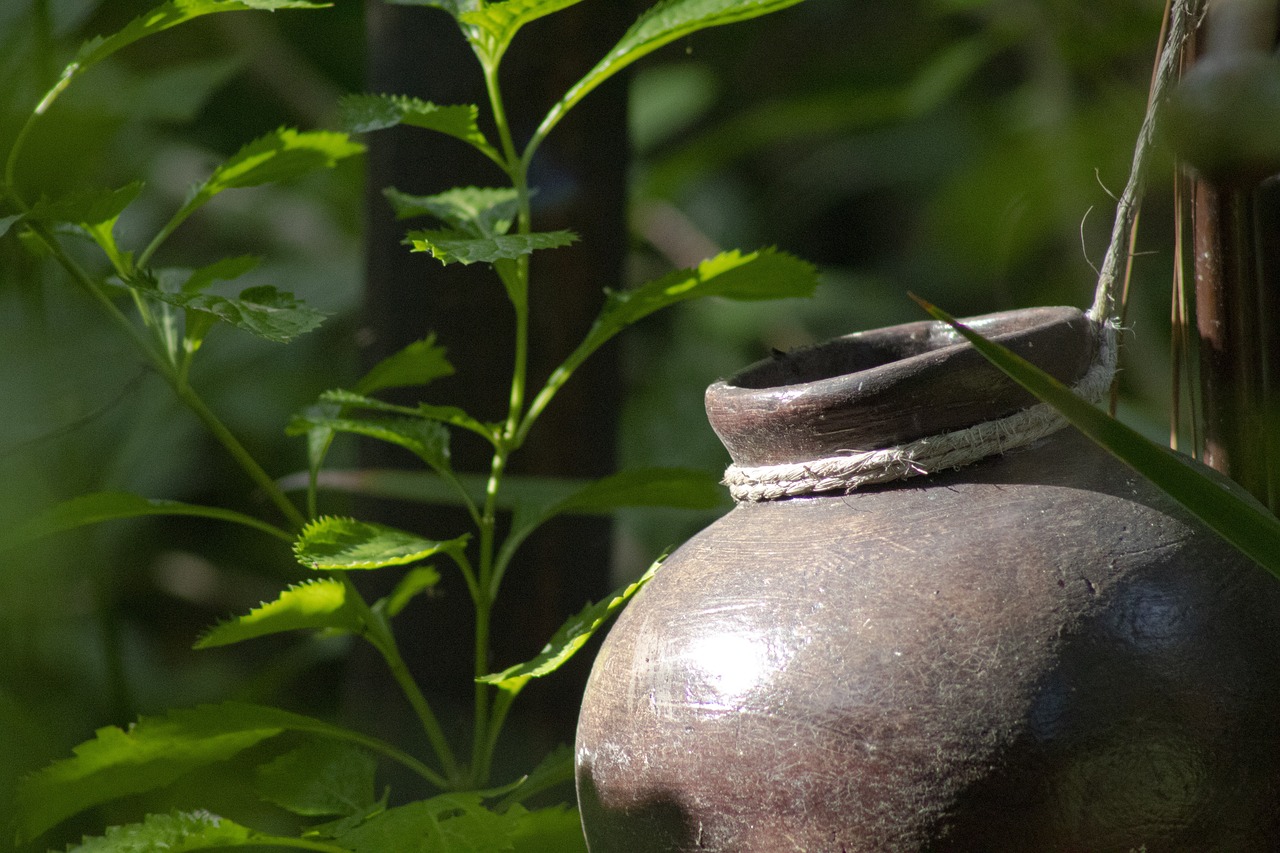
Challenges and Preservation of Native American Pottery
Native American pottery, with its deep-rooted cultural significance, faces various challenges in the modern world. The preservation of traditional pottery-making knowledge and practices is at risk due to the rapid pace of modernization and the pressures of cultural assimilation. As younger generations shift towards contemporary lifestyles, there is a danger of losing the intricate techniques and symbolic meanings embedded in pottery craftsmanship.
Furthermore, the commercialization of Native American pottery poses a threat to its authenticity and integrity. Mass production and imitation of traditional designs for profit dilute the artistic value and spiritual essence of genuine Native American pottery. This challenge underscores the importance of protecting and preserving the authenticity of indigenous pottery traditions.
To address these challenges, efforts are being made to safeguard and revitalize the art of pottery making within Native American communities. Cultural preservation initiatives aim to document and pass down ancestral knowledge and techniques to future generations. By engaging in educational programs, workshops, and community projects, these efforts strive to ensure the continuity of traditional pottery practices.
Moreover, promoting awareness and appreciation for authentic Native American pottery plays a crucial role in its preservation. By supporting local artisans, encouraging ethical sourcing practices, and educating the public about the cultural significance of indigenous pottery, individuals can contribute to the sustainability of this ancient art form.
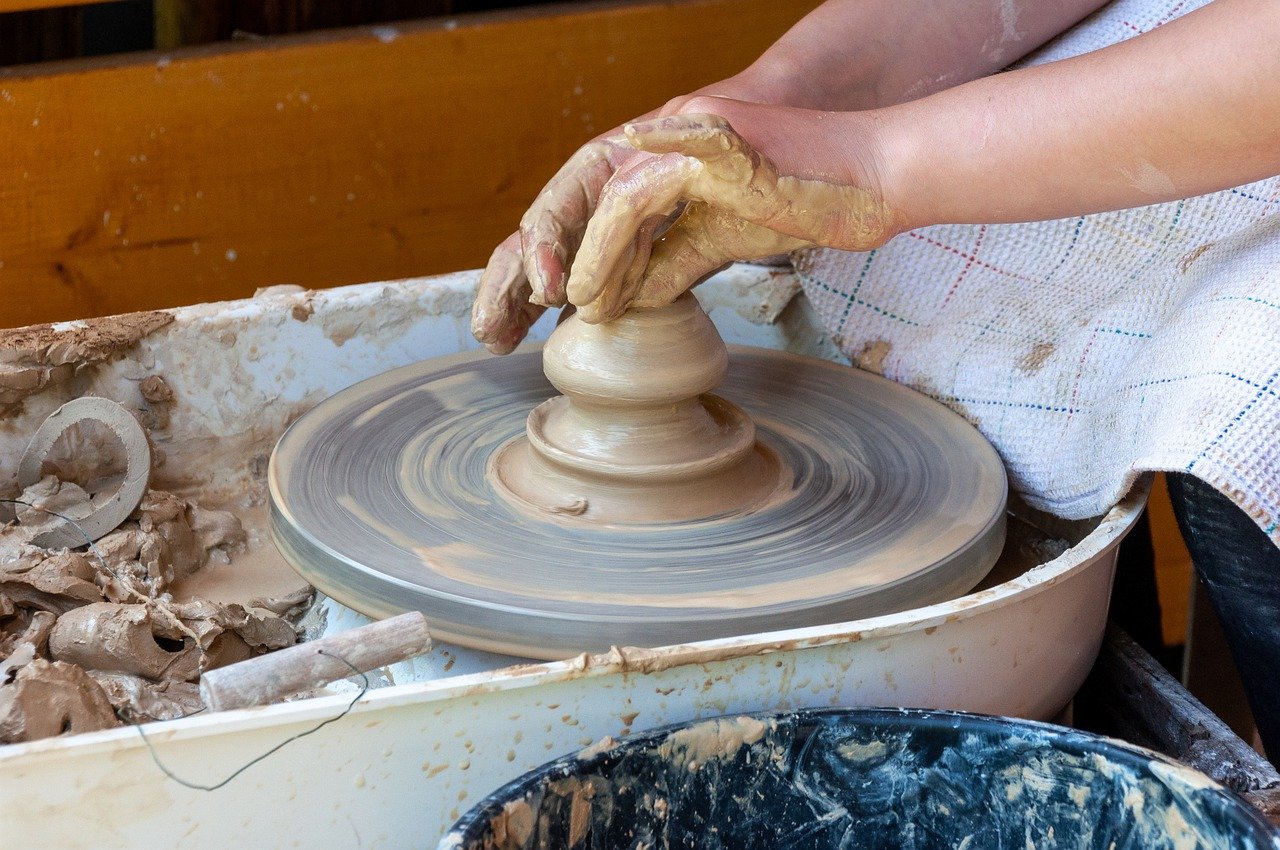
Regional Distinctions in Native American Pottery
Regional distinctions in Native American pottery showcase the diverse artistic expressions found across different tribes and regions in North America. Each region's pottery style is influenced by a combination of factors, including local materials, environmental conditions, and cultural practices. For example, the pottery of the Southwest tribes, such as the Hopi and Navajo, often features intricate geometric patterns and vibrant colors inspired by the desert landscape. In contrast, the pottery of the Eastern Woodlands tribes, like the Iroquois and Cherokee, may incorporate more organic shapes and earthy tones reflecting the lush forests of the region.
Furthermore, the pottery of the Pacific Northwest tribes, such as the Haida and Tlingit, is known for its bold formline designs and use of animal motifs, reflecting the rich marine and forest environments of the area. In the Great Plains region, tribes like the Lakota and Cheyenne create pottery that combines both geometric elements and stylized representations of animals, reflecting the connection between the people and the vast prairies.
These regional distinctions not only highlight the artistic diversity of Native American pottery but also serve as a testament to the deep connection between indigenous communities and their natural surroundings. By studying the pottery traditions of different regions, we gain insight into the unique cultural heritage and artistic expressions of Native American societies throughout history.
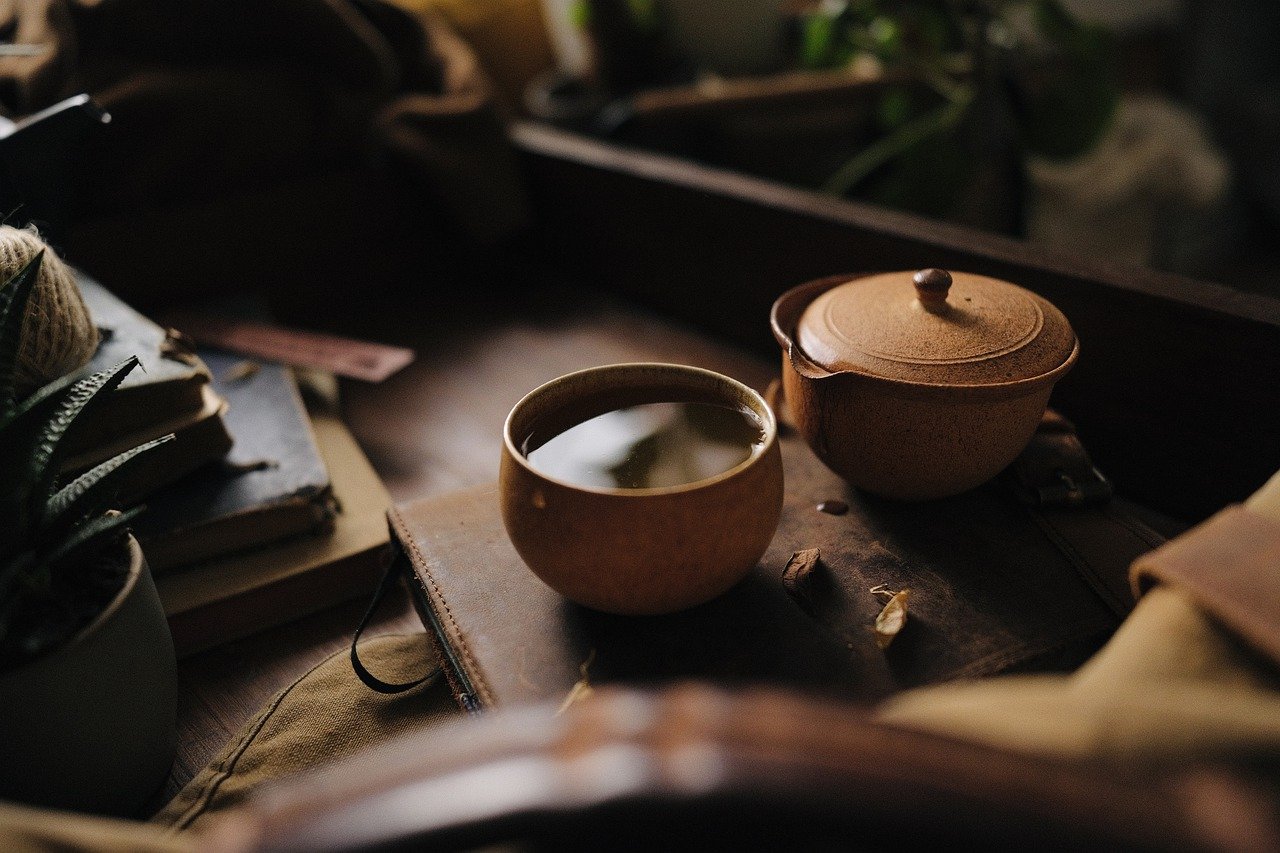
Revitalization of Pottery Making in Native American Communities
Revitalization of pottery making in Native American communities is a crucial endeavor aimed at preserving cultural heritage and fostering community pride. In recent years, there has been a resurgence of interest in traditional pottery techniques among Native American tribes, driven by a desire to reconnect with ancestral practices and revitalize indigenous art forms.
One of the key aspects of the revitalization efforts is the transmission of pottery-making knowledge from elders to younger generations. This passing down of skills not only ensures the preservation of traditional techniques but also strengthens intergenerational bonds within the community. Through mentorship programs and workshops, young tribal members are learning the art of pottery making, keeping the legacy alive for years to come.
Furthermore, the revitalization of pottery making has economic implications for Native American communities. By promoting the creation and sale of traditional pottery, tribes can generate income, support local artisans, and stimulate economic development within the community. This economic empowerment not only sustains the practice of pottery making but also contributes to the overall well-being of tribal members.
Additionally, the revitalization of pottery making serves as a form of cultural resistance against assimilation and erasure. By reclaiming and celebrating their artistic traditions, Native American communities assert their cultural identity and sovereignty. Pottery making becomes a powerful tool for cultural revitalization, allowing tribes to assert their presence and resilience in the face of historical traumas and ongoing challenges.
In conclusion, the revitalization of pottery making in Native American communities is a multifaceted process that encompasses cultural, economic, and social dimensions. By preserving traditional knowledge, fostering economic opportunities, and asserting cultural identity, tribes are not only revitalizing a craft but also reclaiming their heritage and strengthening community bonds.
Frequently Asked Questions
- What is the significance of pottery in Native American cultures?
Pottery holds a crucial role in Native American societies, representing traditions, beliefs, and customs. It serves as a form of artistic expression, a vessel for rituals, and a connection to ancestral heritage.
- How has Native American pottery evolved over time?
Native American pottery has a rich history spanning thousands of years, showcasing the development of techniques, styles, and designs unique to different tribes and regions. It reflects the cultural diversity and artistic innovation of indigenous communities.
- What are some common symbols found in Native American pottery designs?
Native American pottery designs often feature symbols related to nature, spirituality, and tribal identity. These symbols convey deep meanings and reflect the interconnectedness between the natural world and the spiritual realm.
- How does pottery contribute to contemporary Native American art?
Traditional pottery techniques and designs continue to influence modern Native American art, bridging the gap between past traditions and present artistic expressions. Pottery serves as a link to cultural heritage and a means of preserving indigenous artistic practices.
- What challenges do Native American communities face in preserving pottery-making traditions?
Modernization and cultural assimilation pose challenges to the preservation of traditional pottery-making knowledge. Efforts are underway to safeguard indigenous practices, promote cultural pride, and ensure the intergenerational transmission of pottery-making skills.



















